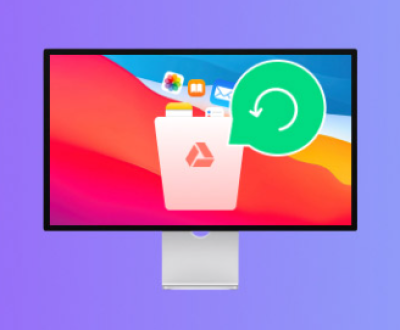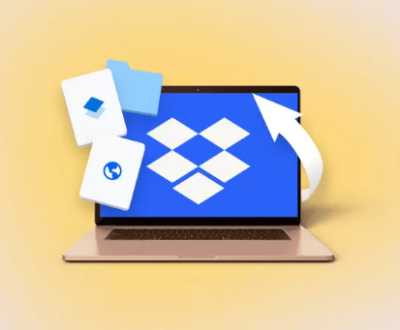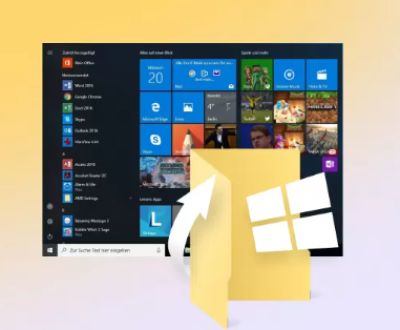Formatting an SD card for a dash cam is a relatively straightforward process, but it’s important to follow the correct steps to ensure the card is properly configured and to avoid data loss or damage to the card.
I. Basics
What is an SD Card?
An SD (Secure Digital) card is a non – volatile memory card format used in a wide range of electronic devices, including dash cams. It stores the video footage recorded by the dash cam. SD cards come in different capacities, such as 16GB, 32GB, 64GB, and more. The capacity you need depends on the length and quality of the recordings you want to store. For example, a higher – resolution dash cam may require a larger – capacity SD card to store an adequate amount of footage.

Why Formatting is Necessary?
Over time, the SD card can become fragmented or filled with corrupted files. Formatting helps to clean up the card, erase any existing data (so make sure you’ve backed up any important footage first!), and prepare it for new recordings. It also ensures that the card is in a format that the dash cam can read and write to properly. Different dash cams may support different file systems, and formatting the card in the correct file system is crucial for proper operation.
II. Pre – formatting Precautions
Back up Important Data
Before you format the SD card, it’s essential to back up any footage or data that you want to keep. You can do this by connecting the SD card to a computer using a card reader. Once the card is recognized by the computer, you can copy the files to a local hard drive or an external storage device. Some dash cams also have features that allow you to transfer files wirelessly to a mobile app or cloud storage, which can be a convenient option.
Check the Dash Cam Manual
Different dash cams have different requirements and procedures for formatting SD cards. Refer to the user manual of your dash cam to determine the supported file systems (such as FAT32. exFAT, or NTFS) and any specific formatting instructions. For example, some dash cams may have a built – in formatting function that you should use instead of formatting the card through a computer.
III. Formatting the SD Card on a Computer
Insert the SD Card into the Card Reader
Locate an appropriate card reader on your computer. Many laptops have built – in card readers, while desktop computers may require an external USB – based card reader. Insert the SD card into the card reader carefully, making sure it’s inserted in the correct orientation.
Open Disk Management (Windows)
Press the Windows key + X and select “Disk Management” from the menu. In the Disk Management window, you’ll see a list of all the storage devices connected to your computer, including the SD card. The SD card will usually be listed with a drive letter and a description such as “Removable Disk.”
Format the SD Card
Right – click on the partition of the SD card (usually the largest partition) and select “Format.” In the Format dialog box, you can choose the file system. For most dash cams, FAT32 is a commonly supported and reliable file system. However, if your dash cam supports larger – capacity SD cards (over 32GB) and requires exFAT, you can select that option instead. Set the allocation unit size according to your needs (the default is usually fine for most cases). Enter a volume label if you want to give the SD card a name, and then click “OK” to start the formatting process.
Formatting an SD Card on a Mac
Insert the SD card into the card reader. The SD card should appear on the desktop or in the Finder sidebar.
Open the “Disk Utility” application. You can find it in the “Applications/Utilities” folder. In Disk Utility, select the SD card from the list of devices on the left – hand side.
Click on the “Erase” tab. In the Erase dialog box, choose the file system. For dash cams, FAT32 is usually a good choice for compatibility. You can also give the SD card a name in the “Name” field. Then click “Erase” to start the formatting process.
IV. Formatting the SD Card Using the Dash Cam
Access the Dash Cam’s Menu
Turn on the dash cam and wait for it to boot up. Then, press the menu button on the dash cam. The location of the menu button can vary depending on the model of the dash cam. In the menu, look for an option related to “Format” or “SD Card Management.”
Select the Format Option
Once you’ve found the relevant option, select it. The dash cam may ask you to confirm the formatting process. This is a safety measure to prevent accidental formatting. Make sure you’ve backed up any important data before proceeding.
Wait for the Formatting to Complete
The dash cam will format the SD card. The time it takes to complete the formatting process can vary depending on the size of the SD card and the speed of the dash cam’s internal processor. Once the formatting is complete, the dash cam will usually display a message indicating that the process is finished.
V. Post – formatting Checks
Insert the SD Card into the Dash Cam
After formatting, insert the SD card back into the dash cam if you removed it for formatting on a computer. Make sure it’s inserted firmly and in the correct orientation.
Test the Dash Cam
Turn on the dash cam and start a test recording. Let the dash cam record for a few minutes to ensure that it’s able to write to the SD card properly. Then, stop the recording and play back the footage to check for any errors or issues. If there are problems such as the video not playing back correctly or the dash cam displaying an error message related to the SD card, you may need to re – format the card or check for compatibility issues between the card and the dash cam.
VI. Troubleshooting
The SD Card is Not Recognized After Formatting
If the dash cam doesn’t recognize the SD card after formatting, first make sure the card is inserted correctly. Try removing and re – inserting the card. If that doesn’t work, try formatting the card again, this time using a different file system if possible. Also, check if the SD card is compatible with the dash cam. Some older dash cams may not support newer, high – capacity SD cards.
The Formatting Process Fails on the Computer
If the formatting process fails on the computer, it could be due to several reasons. One possibility is that the card reader is malfunctioning. Try using a different card reader. Another reason could be that the SD card is write – protected. Check for a physical write – protect switch on the SD card (usually a small tab on the side of the card) and make sure it’s in the unlocked position. If the problem persists, the SD card may be damaged, and you may need to try a different card.
The Dash Cam Displays an Error Message During or After Formatting
If the dash cam displays an error message during or after formatting, refer to the dash cam’s user manual for specific error – code explanations. It could be an issue with the file system not being recognized, a problem with the SD card’s capacity (if it’s too large or too small for the dash cam’s requirements), or a firmware issue with the dash cam. In some cases, updating the dash cam’s firmware may resolve the problem.
About us and this blog
Panda Assistant is built on the latest data recovery algorithms, ensuring that no file is too damaged, too lost, or too corrupted to be recovered.
Request a free quote
We believe that data recovery shouldn’t be a daunting task. That’s why we’ve designed Panda Assistant to be as easy to use as it is powerful. With a few clicks, you can initiate a scan, preview recoverable files, and restore your data all within a matter of minutes.
Subscribe to our newsletter!
More from our blog
See all postsRecent Posts
- How to recover accidentally deleted files 2025-07-01
- How do i recover a file i accidentally deleted 2025-07-01
- How to recover an accidentally deleted file 2025-07-01

 Try lt Free
Try lt Free Recovery success rate of up to
Recovery success rate of up to









